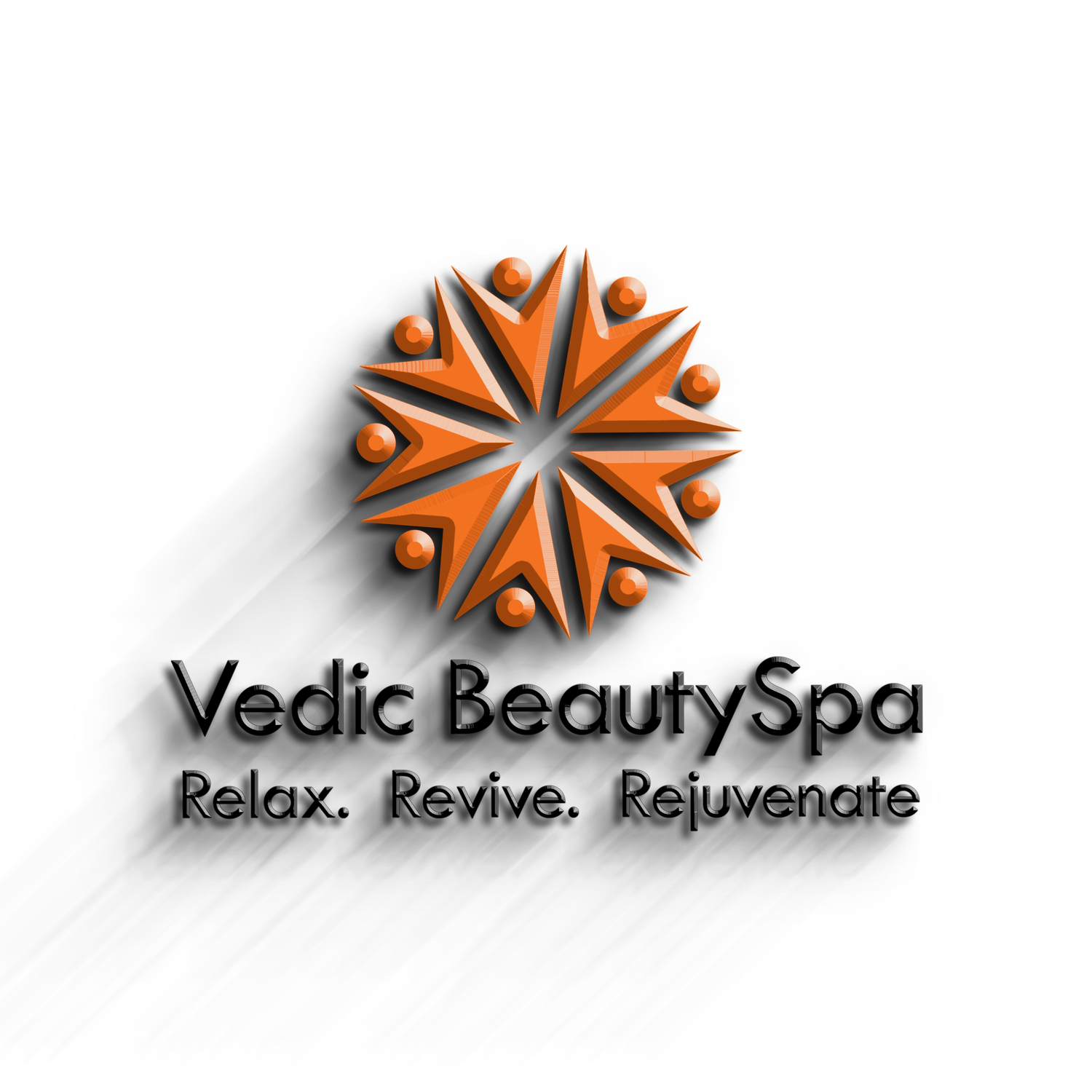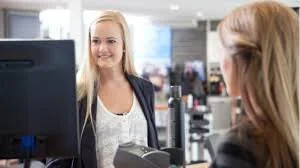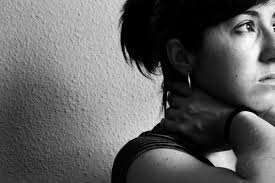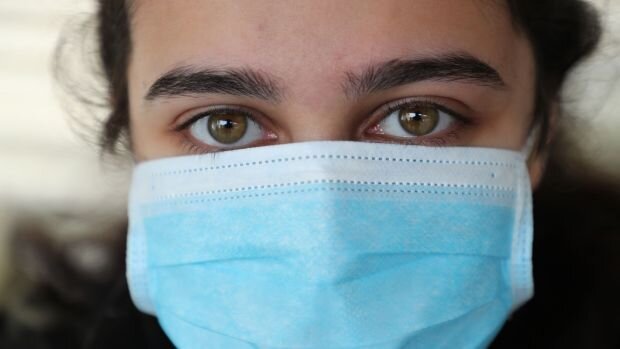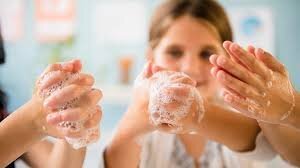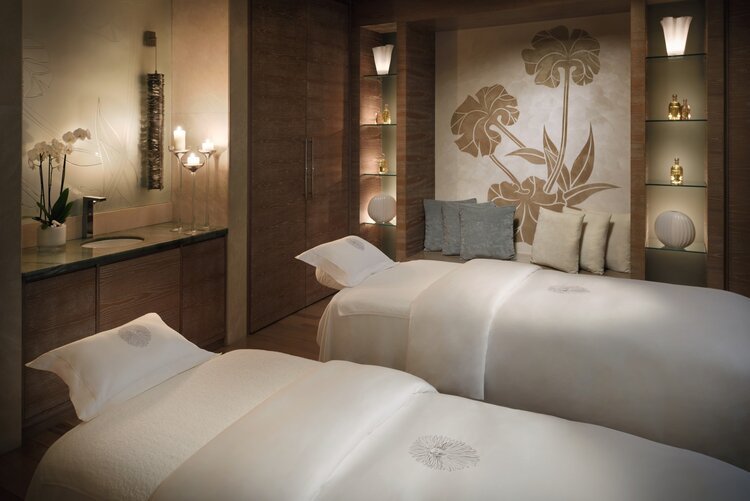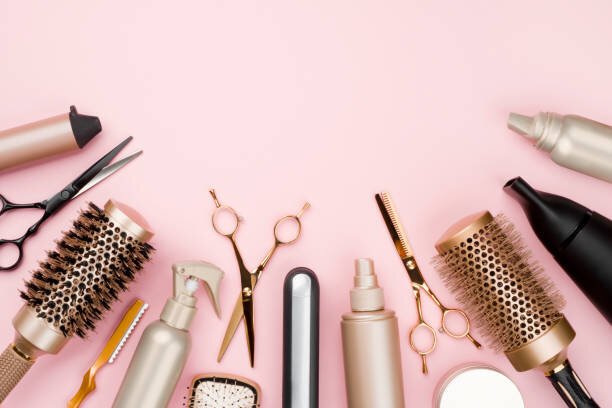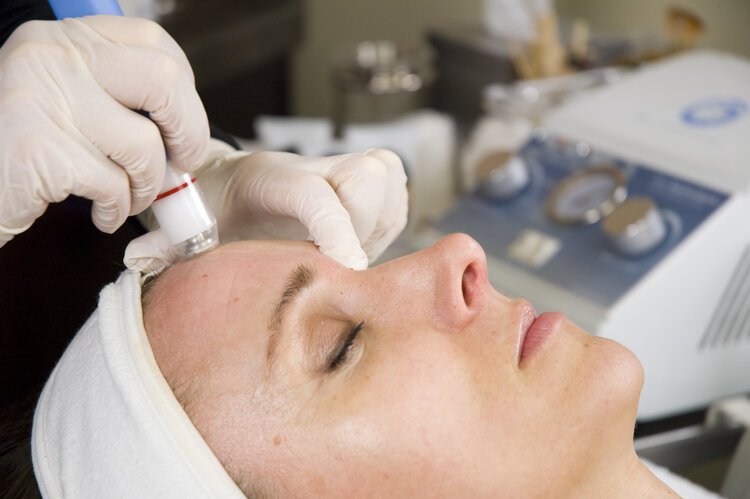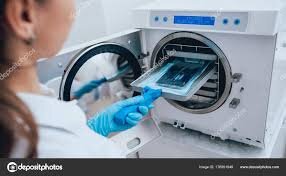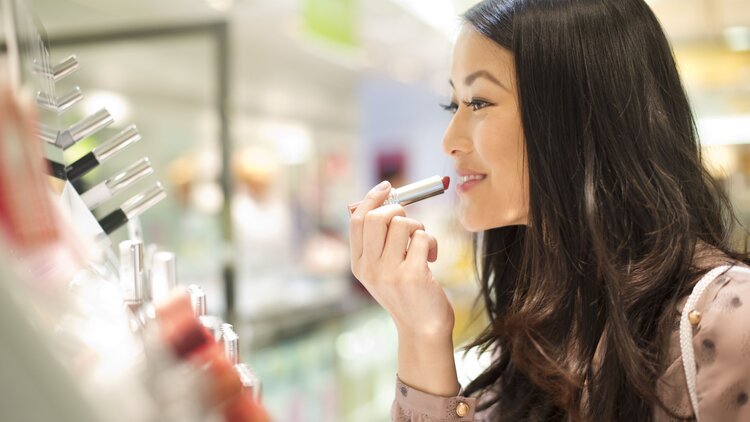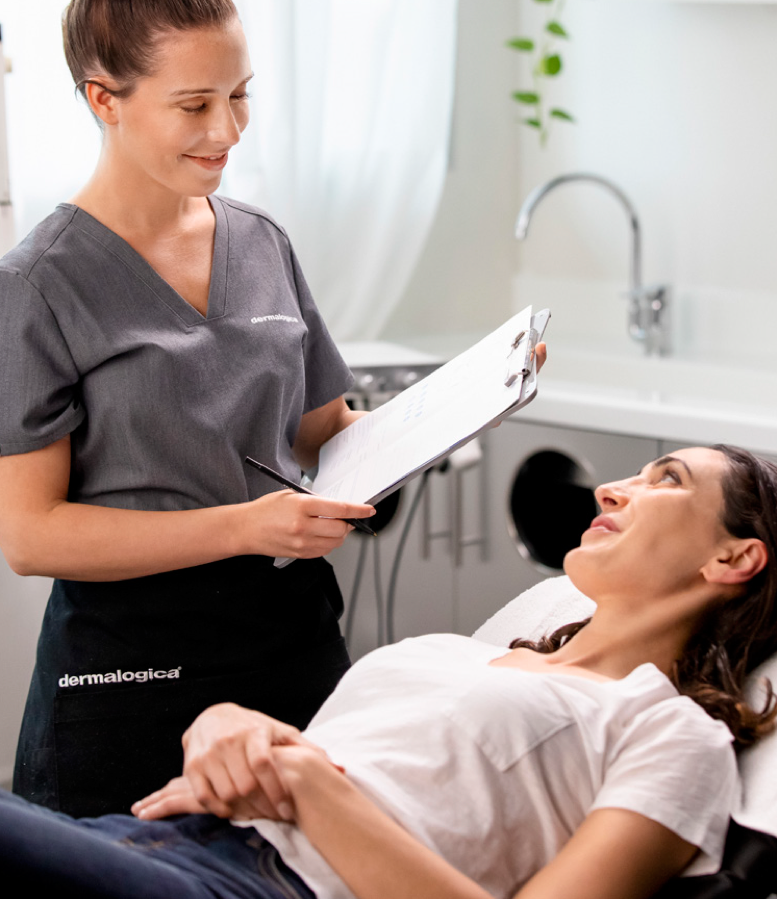
Our COVIDSafe Plan
We are prepared to confidently reopen our business and perform services in a safe environment. We know safety and cleanliness are top of mind for both you and us, and that you may have questions about how we move forward.
Enhanced Service Safety
We are following 12 key principles for enhanced service safety, developed by dermalogica in accordance with their highest professional-grade standards. These principles are followed in addition to the local regulations. We took pledge to uphold these key principles and display the Dermalogica Clean Touch Certificate with pride, knowing that we are setting a new standard of excellence for our industry.
Dermalogica Clean Touch Certified
Clean or Sanitize
Cleaning, also known as sanitizing, is the first step in infection control. This is the removal of surface debris from an object or surface. No pathogens are destroyed, they are just simply removed and prepares the object or surface for disinfection. Some examples of cleaning or sanitizing are washing with soap and water or using a chemical cleaner to remove debris.
Disinfect
Once an object or surface has been sanitized, it now requires disinfection. This process requires the use of a chemical disinfectant that is approved by your state or country regulations. When disinfection is executed properly, it is effective at removing most pathogens. Disinfection is for non-porous objects and surfaces only. Porous objects are for single-use only and must be discarded after each use.
Sterilize
Sterilization is rarely required or necessary in the professional beauty industry. This is the complete destruction of all microbes and is most frequently performed with an autoclave that uses heat and pressure to destroy these microbes.
Infection Control Training
Successfully completed Covid-19 Infection Control Training to help stop the spread. The training has been developed by the Australian Government Department of Health in partnership with Aspen Medical.
Key Topics learnt in this training are:
Understand the basics about COVID-19 virus, including how it is spread
What we can do to protect our staff, customers and others
What to do if you or the person you are caring for develops sympotmps
What is infection disease, the chain of infection and how infection spreads?
Standard and additional precautions for infection prevention and control including:
hand hygiene practices
environmental cleaning and disposal of waste
the use of personal protection equipment(PPE)
identifying when additional precautions are required
identifying infection hazards in the workplace and assessing
How we are minimising the spread of COVID-19 and protect our clients & staff
Prescreening Clients:
Prescreen clients to ensure they are free from any sickness and have not had contact with confirmed cases of COVID-19 in the previous 14 days. Employees should be free from any sickness and temperature shall be checked prior to beginning the work shift.
Stopping Vulnerable groups:
Clients in high-risk and vulnerable groups such as an advanced age or with pre-existing medical conditions are advised not to get treatments.
Physical Distancing Protocols:
Ensure physical distancing protocols; maintain 6 feet between clients in common areas, by, for example, staggering appointments, offering curbside check-in or limiting entrance to the skin center.
Now for some best practices for our client's arrival and departure.
Require clients to sanitize their hands upon arrival and wear a fresh face covering in any common areas, especially if mandated by state or local authorities. Also refrain from hugging, kissing, or shaking hands when greeting clients.
For departure, encourage clients to use no contact transactions through electronic payment apps or payID. Eftpos terminals are sanitised after each transaction. Send product prescriptions and next appointment dates electronically; avoid paper cards and sheets where possible.
Wearing Masks & Aprons:
Clients and employees shall wear masks in common areas. Therapists shall wear a clean, dry mask during each shift. Masks can be worn for more than one client but must be put on and taken off in a sanitary manner. Therapists shall also wear a face shield when working in close proximity to the client. Therapists shall wear a freshly laundered or disposable apron during each shift. Masks must be discarded after each shift; and medical grade masks should be disposed of in a closed waste receptacle.
Hand hygiene practices:
Hands shall be sanitized on entry to the skin care center. Therapists shall visibly wash hands with soap and water for 20 seconds before and after touching clients, after contact with soiled or unsterilized tools and surroundings. Every treatment or skin analysis that involves touching should begin with a facial cleanse.
Protective wear:
Gloves are not recommended over thorough hand washing unless they are requested by clients or required by authorities. Because you are able to quickly, efficiently and more often wash and sanitize your hands. Wearing gloves does not prevent cross-contamination but can lead to a false sense of security. Consistent washing of your hands with soap and water is a best practice. If used, gloves shall be changed before and after touching clients and after contact with any soiled or unsterilized tools and surroundings.
Staff areas & Restrooms
We clean our restroom every hour and keep note on a visible checklist. Making sure to have clear directives on hand washing displayed in our restroom area.
Personal items such as phones, bags and shoes are stored in a sealed locker or disposable bag in the Staff Area or Break Room.
It is preferable for therapists not to carry out treatments in clothing worn outside the business; such as clothing worn during a commute to work or on public transportation.
Professional Products:
All professional use products shall be disinfected after each use and stored in cabinet or sealed container when not in use.
Treatment Beds:
Treatment beds must be covered with either clean treatment table paper, a clean towel or a clean sheet before each client. Only use blankets which are laundered after every client.
For the Treatment Room this includes the following.
Wipe down all hard surfaces including door handles, light switches, steamer arms and products with disinfectant wipes before each client service. Also have a Sanitary Maintenance Area (SMA) where clean tools and supplies can be made ready for use. Treatment Beds, Towels and Linens should also be given additional attention.
Ensuring all linens are to be stripped down to vinyl covers on both face cradle and massage table, and properly placed in linen containers marked "Soiled". After a towel, sheet, robe, linen, or smock has been used once, it should be deposited in a closed container and not used until properly laundered and sanitized.
Equipments & Tools:
All non-porous, metal or plastic non-disposable equipment, as well as surfaces, must be cleaned and then disinfected before each use. Electrical items should be sprayed or wiped before each use. Clean and dirty items and tools must be kept visibly separate in well-marked covered containers.
When it comes to preparing Tools, Equipment and Supplies, here are some additional guidelines that we follow.
Non-electrical items should be completely immersed for at least 30 minutes in a registered bactericidal, fungicidal and viricidal disinfectant. When a disinfectant solution is used for immersion, it should be clearly marked and changed daily. We can follow with dry heat sanitation if required by state. Our electrical items should also be sprayed or wiped with a registered disinfectant.
All single use items or sundries should be disposed of after one use in a closed waste container. For new supplies and single use disposable items, these should be stored in a clean covered container, marked "NEW." And finally tools, equipment, or supplies should not be carried in or on a garment or uniform, including a holster or pouch.
Autoclaving
Autoclaving is the use of pressurized steam and high temperature to kill microbes, spores, or viruses that are hard to destroy using conventional disinfection methods. We use Lamofed Class B Fully Automatic autoclave machine for our non-electrical tools, such as tweezers, scissors, brushes, combs, toe Nail Clipper, nail Buffer, nail Drill Bit, diomond heads used in Hydrodermabrassion and other tools used in laser machine. It has 8 preset sterilization programs with temperatures between 105-134℃, Ster. time: 4-60 min, Dry Time: 1-25min, Vacuum Times: 1-10 times, big stainless steel water tanks, high quality bacteria filter, B&D / Helix / Vacuum testing program. Cleaning Program/records are either printed or transfered into USB for record.
High Touch Areas:
All high touch areas and surfaces throughout the skin center shall be disinfected when visibly soiled and at least hourly.
Retail Testers:
Retail testers shall be wiped down before and after each use. Products packaged in jars are currently not appropriate as testers. Tester product shall only be applied to the hands. It is ideal to apply product from testers into the client's hands rather than the face. Any services performed in a retail or common area should follow all sanitation procedures. Products used in services in a common or retail area should be disinfected after each use and stored in a cabinet or sealed container when not in use.
Registered as COVID Safe Business
We have registered as a COVIDSafe Business and we have a comprehensive COVID-19 Safety Plan in place as required under the NSW Public Health Order. We are following NSW Health advice to mandatory contactless customer record keeping using our unique QR Code aavailable at the counter.
Customers can scan the QR Code when they visit our spa. Customers will need to have the Service NSW app installed on their mobile to record their visit. We also measures in place that are ensured capture customer and staff details accurately.
It makes the check in seamless by sending accurate customer information directly to Service NSW. This means the data does not have to be stored by the business and it is readily available for NSW Health to access if it becomes necessary.
